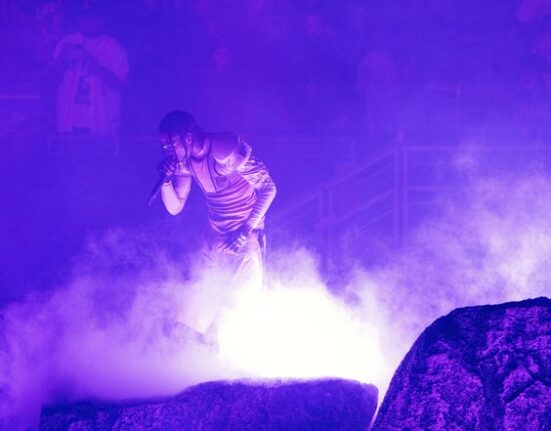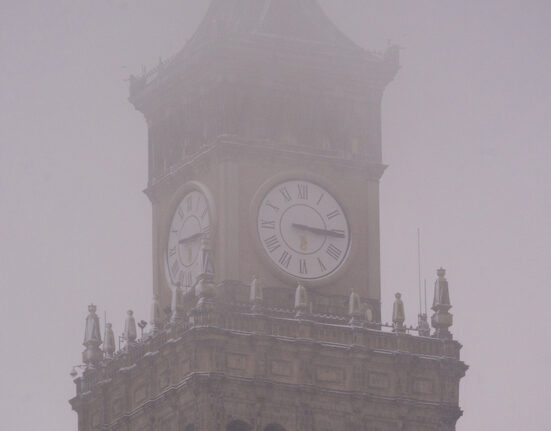Visiting the 16th century Dutch Palace in Kerala in the autumn of 2019, King Willem-Alexander and Queen Máxima of the Netherlands faced an odd appeal from a local historian. Michael Tharakan, who was then the Chairman of Kerala Council for Historical Research (KCHR), sought the royal couple’s help to access old manuscripts from Kerala lying unexplored in the Dutch national archives.
“Your country gave us Captain De Lannoy,” Tharakan told the King and the Queen, narrating the strange story of a Dutch military officer, who switched sides after his army was defeated in the famous Battle of Colachel in 1741 by the erstwhile kingdom of Travancore.
“Travancore got a centralised army because of the expertise of De Lannoy. Now we need another help from you,” the professor said, referring to Eustachius Benedictus de Lannoy, the Dutch naval officer who became the Travancore army commander after the Colachel War.
“We are eager to learn the old Dutch language so that our historians can study the medieval manuscripts taken from here to the Netherlands,” Tharakan, a former vice-chancellor of Kannur University, continued. “They took it nicely,” he says recalling the incident at the Dutch Palace in Mattancherry in October 2019.
Four years later, the 1575-founded Leiden University in the Netherlands is ready to receive four Indian students for a Masters in Colonial and Global History and teaching medieval Dutch under a Memorandum of Understanding (MoU) signed in April last year with KCHR.
Cosmos Malabaricus
The students from Kerala form the first from a batch of six students who will be heading to Leiden under Cosmos Malabaricus, a seven-year-long collaborative project between KCHR, Leiden University and the National Archives of Netherlands in the Hague, all signatories of the MoU. Dutch research scholars from Leiden will be arriving in Kerala for summer school and as interns.
According to KCHR, the collaboration will see Indian students training in medieval and early modern Dutch and in the use of archives, translation of select Dutch documents and encouraging research in the histories of the Dutch colonial period. Their work has been made easier by the recent massive digitisation of manuscripts by the Dutch national archives. The project’s name derives from Hortus Malabaricus, a botanical treatise of the Malabar coastal region by the 17th century Dutch Governor Hendrik van Rheede.
Negotiations have been going on between Indian and Dutch historians for a joint academic project long before the Dutch King and Queen’s visit to India. The India-Dutch academic collaboration, approved by the Union government’s Ministry of External Affairs, marks a crucial first step in analysing old Dutch manuscripts that could rewrite the medieval history of present-day Kerala.
The old Dutch manuscripts, which contain facts of history based on maritime trade compared to land and temple records in the Indian sources, have largely never been studied by Indian or Dutch historians before. “The old Dutch records of Malabar are largely unexplored,” says Gautam Das of KCHR. “Historians of the Malabar are not familiar with historical Dutch, and scholars who know historical Dutch aren’t familiar with the Malabar history,” he adds. “The relevant manuscript collection in the Hague fills up shelves over 100 metres long.”
Four decades ago, Prof. Tharakan got a glimpse of the vast collection, which offers a unique opportunity for the study of interconnected histories, when he visited the national archive in the Hague to understand the historical roots of a new hypothesis that said the Kerala model of development experience was different from the rest of India and most of countries.
“In the Dutch records there are references to a historically evolved system in education, health, transportation and banking offering a uniqueness in Kerala’s development,” he says. “The Dutch were very observant. They made records of everything they saw.”
Unknown History
The daily records of Dutch administrators and bureaucrats included observations about trade and the economy, politics of the regional courts, religious institutions like churches, mosques and temples, extended to the village-level. Hidden in the old Dutch manuscripts could be little known aspects of Kerala’s history like the origin of the coir industry in Alappuzha, trade by Jews, Arabs, and Romans across Kerala and even the caste system. But even unknown basic facts, like the ruling period of certain kings, can be found in the Dutch records.
The Dutch, who defeated the Portuguese to become colonisers in the country, were in turn defeated by the British, but not before they ruled for nearly two centuries, an empire that stretched along India’s west coast and was present from Basra in Iraq to Deshima in Japan with Batavia (now Jakarta) as its headquarters.
The Dutch manuscripts cover one-and-half centuries from circa 1650 to 1800 and are still largely unexplored,” says Jos Gommans, Professor of Colonial and Global History at the Leiden University. “Compared to other Dutch establishments in Asia, the material on Kerala is extremely rich, as such the Dutch sources provide a huge window on the early modern history of Kerala.” adds Gommans, the author of The Dutch Overseas Empire, 1600-1800 and The Unseen World: India and the Netherlands from 1550. Gommans conceived the idea of Cosmos Malabaricus when he visited Kerala in 2010 and became inspired by the cosmopolitanism and global connectedness of the region.
 Subscribe today by clicking the link and stay updated with the latest news! Click here!
Subscribe today by clicking the link and stay updated with the latest news! Click here!







